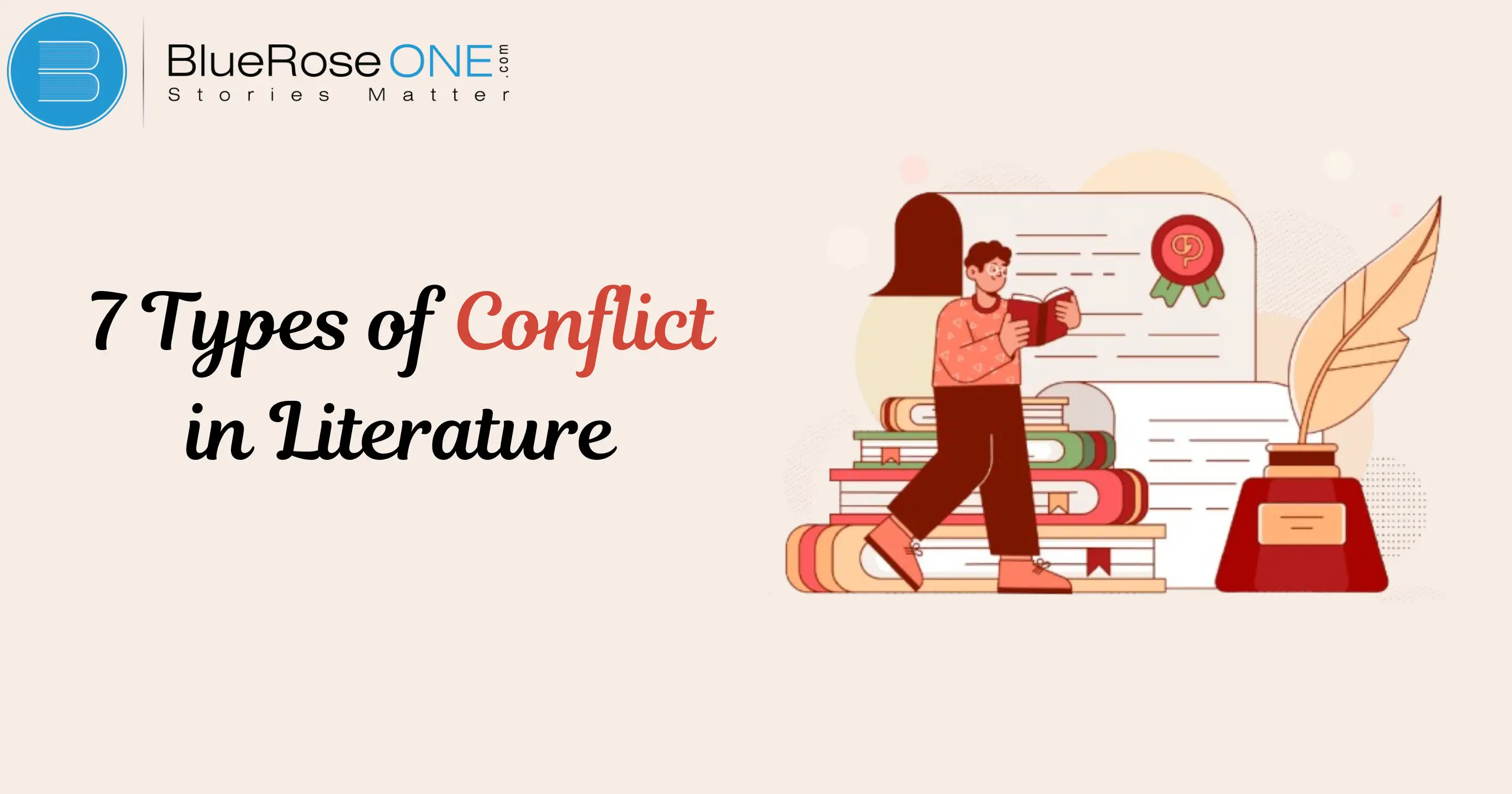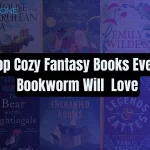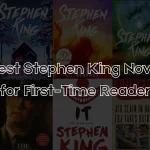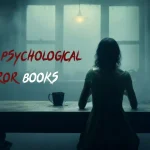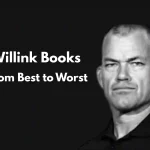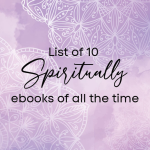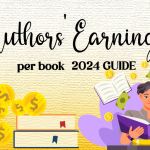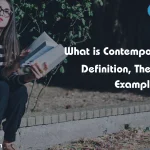Any interesting story must have conflict at its core. It’s the motivation behind what makes characters act, what builds suspense, and what keeps readers on the edge of their seats. Conflict serves as more than just a plot device in literature; it is an essential element that illuminates the depths of human experience. Comprehending the many forms of conflict can aid authors in crafting more captivating and lively stories.
Internal Conflict
A character experiences internal conflict, sometimes referred to as psychological or emotional conflict, inside their head. It entails a conflict between conflicting feelings, goals, or beliefs.
Shakespeare’s “Hamlet,” for example, has a character named Hamlet who struggles greatly with his desire to exact revenge on his uncle and his own moral doubts.
Because it enables readers to delve into the intricacies of a character’s inner world, this kind of conflict is essential for character development.
External Conflict
A character and an external force engage in external conflict. This might be a different persona, the environment, people, or technology.
For instance, Captain Ahab’s external fight in Herman Melville’s “Moby-Dick” is with the powerful whale, Moby Dick. The plot is advanced by external conflicts, which frequently push people to face their objectives, anxieties, and morals.
You may also like: Amazon Ads for Authors: A Step-by-Step to Boosting Book Sales
Man vs. Man
“Man vs. Man” is a literary conflict type in which characters battle against one another to build suspense and advance the plot. Because it brings to light moral quandaries, character development, and personal challenges, this conflict is essential to storytelling.
In a novel, for instance, a character or two may battle over opposing objectives or moral principles, resulting in passionate interactions that expose their true motivations and personalities.
Having a solid understanding of the “Man vs. Man” conflict enables writers to craft gripping narratives with lively character interactions that captivate readers.
Man vs. Nature
The classic literary conflict “Man vs. Nature” pits protagonists against elements of nature such as storms, animals, or hostile surroundings. Conflicts of this nature bring forth the resilience and vulnerability of people.
It is frequently used by authors to examine issues of survival and the force of nature. For instance, the protagonist of Jack London’s The Call of the Wild confronts the harsh outdoors, illustrating the fierce conflict between human will and the uncontrollable forces of nature.
You may also like: What is Plot Structure? Defintion with Examples
Man vs. Society
“Man vs. Society” refers to a literary conflict type in which the protagonist battles against social mores or legal requirements. When a character’s actions or personal ideas go against what their community or culture expects of them, conflict ensues.
To emphasize their quest for change, a character can, for instance, rebel against unjust laws or repressive customs. Many compelling stories have this kind of conflict, which highlights the clash between moral principles and social norms.
Man vs. Technology
“Man vs. Technology” is a popular literary conflict that examines the conflicts that arise between humankind and the advancement of technology.
This tension frequently draws attention to worries about how technology will affect society, including job displacement and privacy invasion.
It expresses worries that robots will replace people in jobs or change day-to-day living. By posing these difficulties, writers can examine the conflict between advancements in technology and human values, providing an engaging story about how technology both shapes and occasionally threatens our environment.
You may also like: How to Publish a Book? | Publish Your Book | BlueRoseOne
Man vs. Supernatural
“Man vs. Supernatural” refers to a literary conflict genre in which characters battle supernatural entities like ghosts, demons, or gods. Themes of belief, terror, and the unknown are frequently explored in this debate.
By putting individuals in unusual and frequently terrifying circumstances that try their bravery and willpower, it builds suspense.
These stories add depth and suspense to the narrative by using the battle with supernatural forces as a metaphor for problems that are either internal or external.
Man vs. Self
A character grappling with their own ideas, feelings, or choices is referred to as “Man vs. Self” conflict in literature. The plot is frequently driven by this internal conflict as the character struggles with moral decisions, emotional struggles, or personal issues.
For example, a protagonist may experience dread, self-doubt, or guilt, which may affect their actions and development within the narrative.
Character development and profound personal transformation are two reasons why this kind of conflict is so important. Writing more relatable and interesting stories is facilitated by an understanding of the “Man vs. Self” struggle.
Man vs. Fate
The “Man vs. Fate” conflict in literature examines how characters battle against uncontrollable outside forces or a predestined fate. The tension between a person’s free will and fate’s inevitability is revealed by this kind of struggle.
Dramatic and poignant storylines are frequently produced by characters’ struggles with their incapacity to alter the path of their lives.
This conflict, which emphasizes the battle against strong, uncontrollable influences, is essential for drawing readers in and enhancing the plot.
You may also like: How Can I Get a Book Published?
Comparing and Contrasting Types of Conflict
Although distinct conflicts fulfill different functions in the story, they frequently come together and overlap. For instance, a character dealing with a battle between nature and humanity can also be struggling with their own existence. By balancing these conflicts, the narrative can become more complex and rich.
The Role of Conflict in Character Growth
Conflicts are crucial for character development. They challenge characters to evolve, confront their fears, and make significant decisions. A well-crafted conflict can lead to transformative character arcs, making the narrative more engaging and meaningful.
Writing Tips for Effective Conflict
Make sure your conflicts have clear objectives, high stakes, and relevant problems in order to craft intriguing conflict. Steer clear of cliches and make sure that conflicts are essential to the plot and the growth of the characters. To keep the reader interested and the narrative tense, strike a balance between internal and exterior tensions.
Final Thoughts
You may improve your narrative skills significantly by learning about the seven different sorts of conflicts seen in literature: internal, exterior, man vs. nature, man vs. society, man vs. technology, and man against. supernatural.
Every kind of conflict has a distinct function in character development, story advancement, and thematic investigation. Writers can craft more captivating and unforgettable stories by being adept at these tensions.
You may also like: What is Denouement in literature? Definition and Importance
You may also like: 150 Useful Tone Words to Describe Tone | Explanation with Examples

